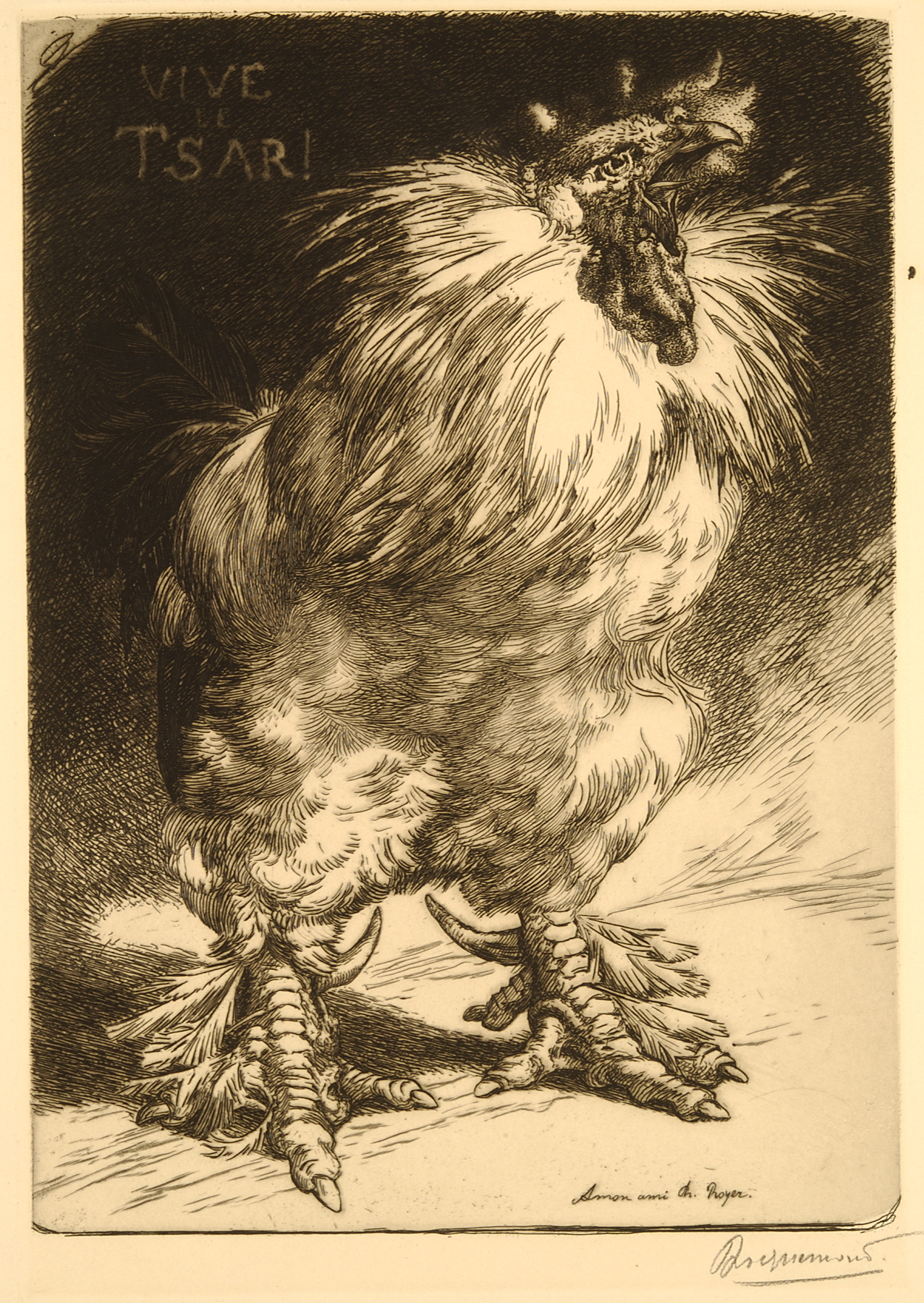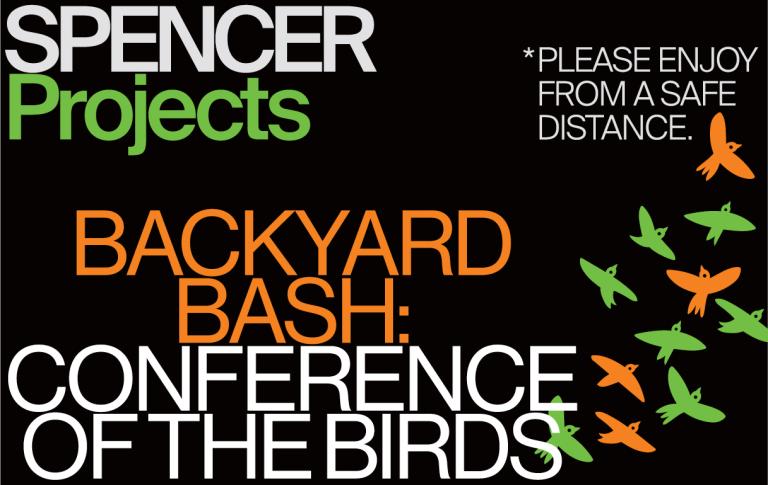Le Coq de France-Vive le Tsar! (The Cock of France-Long live the Tsar!), Félix Bracquemond
Artwork Overview
Félix Bracquemond, artist
1833–1914
Le Coq de France-Vive le Tsar! (The Cock of France-Long live the Tsar!),
1893
Where object was made: France
Material/technique: etching; wove paper; drypoint
Dimensions:
Plate Mark/Block Dimensions (Height x Width): 330 x 227 mm
Sheet/Paper Dimensions (Height x Width): 483 x 360 mm
Plate Mark/Block Dimensions (Height x Width): 13 x 8 15/16 in
Sheet/Paper Dimensions (Height x Width): 19 x 14 3/16 in
Mat Dimensions (Height x Width): 25 x 20 in
Plate Mark/Block Dimensions (Height x Width): 330 x 227 mm
Sheet/Paper Dimensions (Height x Width): 483 x 360 mm
Plate Mark/Block Dimensions (Height x Width): 13 x 8 15/16 in
Sheet/Paper Dimensions (Height x Width): 19 x 14 3/16 in
Mat Dimensions (Height x Width): 25 x 20 in
Credit line: Museum purchase: The Howard E. Crawford Collection
Accession number: 1972.0024
Not on display
If you wish to reproduce this image, please submit an image request






